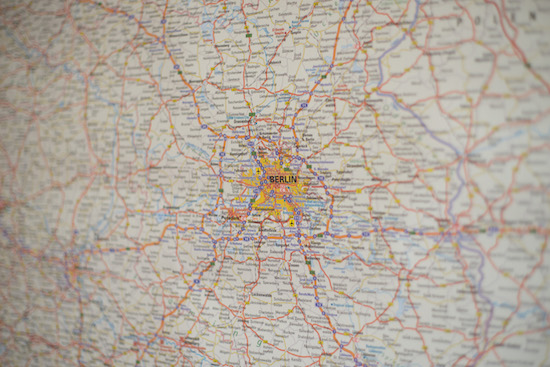
Learning about the solar system is an important part of every child’s education. Planetary science or planetology, which is the study of planets, is one of the fastest growing areas of scientific research. In this lesson, we’ll discuss how you can teach students about the solar system.
Why is it important to teach kids about the solar system?
Knowledge about the solar system is more important than ever. It helps us appreciate the Earth. It gives us incentives to preserve and respect our natural resources.
And it helps us answer some of biggest questions of our day and age.
NASA says studying the solar system may help us understand important issues, such as how global warming will affect the Earth or how life originated on our planet.
Go to the movies!
Probably one of the easiest ways to get your children interested in the solar system is by showing them films. It can be hard to make the solar system interesting in a conversation. But showing videos, documentaries or even Hollywood movies can make planetary science come alive. With regard to documentaries, we’d recommend trying out National Geographic’s Journey to the Edge of the Universe.
But if a documentary is a little too much for your student to process, perhaps start off with science fiction movies. Yes, even watching Hollywood films can serve as an educational experience. But you need to make sure you hold a discussion with your kids afterwards to straighten out the facts.
One way you can teach students about the solar system is by having them watch a movie like Interstellar. Then ask them to spot what parts of the movie are scientifically accurate and what parts aren’t as they watch. Turn it into a game!
Of course, be on the watch for mature content and, if necessary, skip through parts of the movie you think might be disturbing to your child.
Make teaching the solar system visual!
A powerful way to show kids about the solar system is to create a model. One way you can do this is by cutting different-coloured planets out of construction paper and laying them out on the floor.
Put the sun in the centre and ask your children to place the planets in their right spots. Then talk about each planet. There are plenty of resources that can help with this.
Show students the planets and stars!
On a clear night, go to an area with little light pollution and try to find each of the planets. This approach often helps students learn about the solar system. Having children look at the planets in the sky helps makes the lessons tangible and real.
Spotting planets might be a little tricky at first, but with a little bit of practice, anyone can get it! Once your students learn how to spot planets, you can even start looking at constellations.
In addition to being a lot of fun, it can help students navigate. We’ve covered this topic before in our blog.
Make learning about the solar system fun!
Take the knowledge that you’ve taught your kids and turn it into a game! Family trivia nights about the solar system are a great way to start.
Another fun idea would be to play ‘I Spy” with your kids. Ask them to spot constellations and planets. See who can do it the fastest!
Use your imagination! There are many ways to make learning about the solar system fun!




